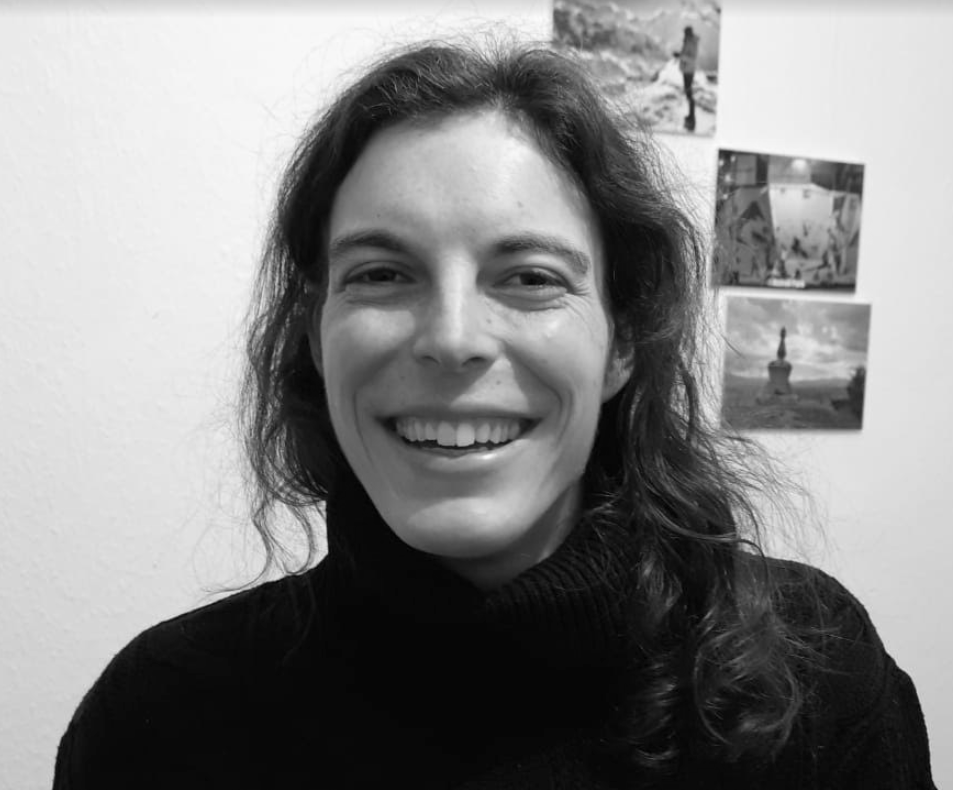Dangers of Radioactivity (Cambridge (CIE) IGCSE Co-ordinated Sciences (Double Award)) : Revision Note
Did this video help you?
Dangers of radioactivity
Ionising nuclear radiation can damage living things such as human cells and tissues at high doses:
This can include:
Cell death
Mutations
Cancer
If the atoms that make up a DNA strand are ionised, then the DNA strand can be damaged
If the DNA is damaged, then the cell may die, or the DNA may be mutated when it is replicated
If a mutated cell replicates itself then a tumour may develop
This is an example of cancer, which is a significant danger of radiation exposure
Ionising DNA is a danger of radioactivity

Diagram showing the damage caused to DNA by ionising radiation. Sometimes the cell is able to repair the DNA during replication successfully, but incorrect repairs can cause a mutation
Acute radiation exposure can have other serious symptoms:
It can cause skin burns, similar to severe sunburn
Radiation can reduce the amount of white blood cells in the body, making a person more susceptible to infections by lowering their immune system
Because of this, it is very important to handle radioactive sources carefully
Safe storage
Safety precautions for all ionising radiation include:
reducing exposure time
increasing the distance between the source and living tissue
using shielding to absorb radiation
Reducing exposure time reduces the dangers of radioactivity
Limiting the amount of time spent near a radioactive source reduces the amount of radiation dose received
The amount of radiation received by a person is called the dose and is measured in sieverts (Sv)
One sievert is a very big dose of radiation
It would cause acute radiation poisoning
Increasing the distance reduces the dangers of radioactivity
Increasing the distance the radiation is away greatly reduces the size of the dose received
Using tongs instead of your hand when handling a radioactive source can help with this
Constructing nuclear power plants in remote areas increases their distance from people if there is a problem
Burying nuclear waste far from places where people live also increases the distance to people
Shielding reduces the dangers of radioactivity
Radiation shielding is a barrier placed between a radiation source and a person or area to protect them
The purpose of shielding is to limit exposure to radiation at a certain location or time
Barriers absorb the energy from radioactive sources
Barriers are normally made of lead, water or concrete
People handling radioactive sources should wear a lead apron to reduce their exposure
When X-rays are taken:
the area around where the image is needed is shielded
the radiologist stands behind a barrier or leaves the room
Reducing the dangers of radiation for a radiologist

A radiologist can stand behind a lead barrier to reduce the amount of radiation they are exposed to

You've read 0 of your 5 free revision notes this week
Sign up now. It’s free!
Did this page help you?
